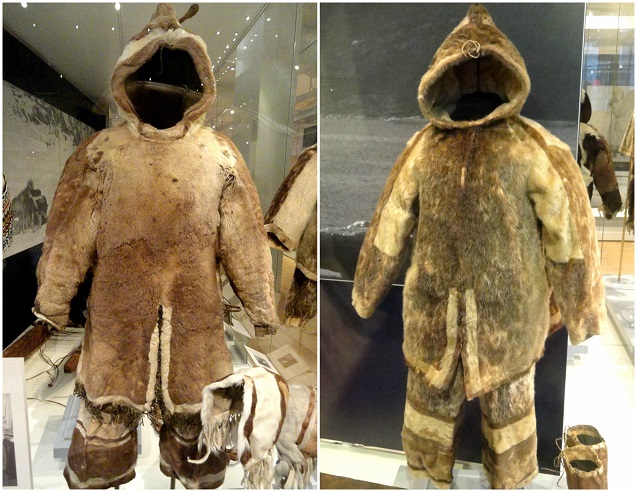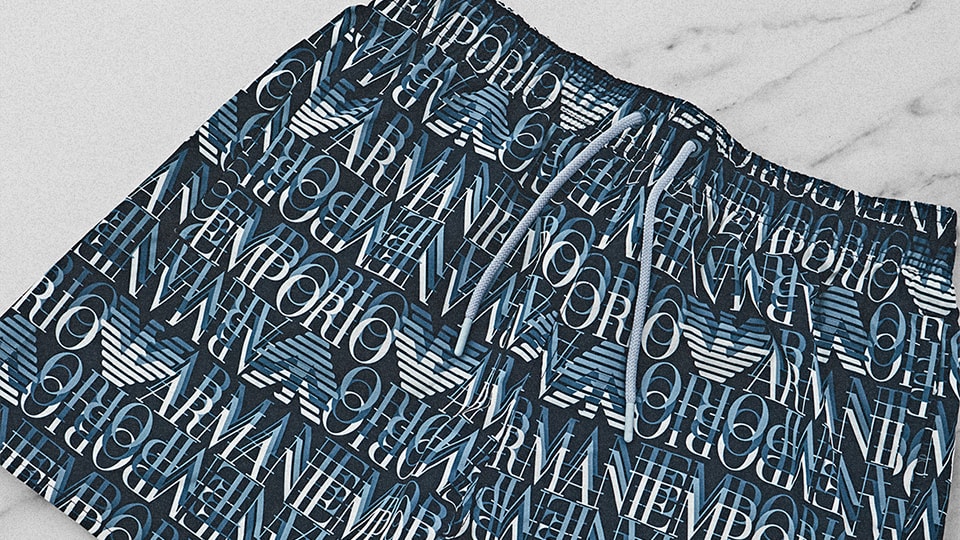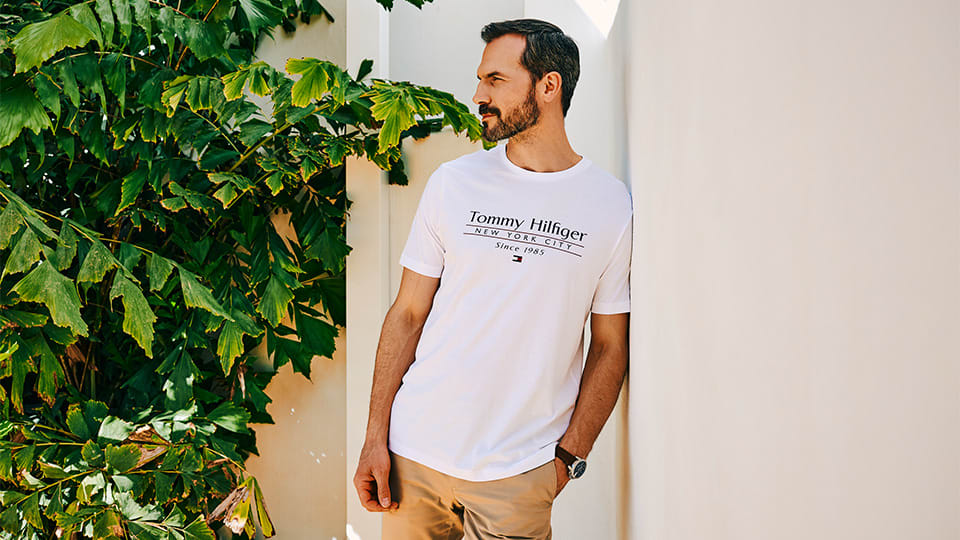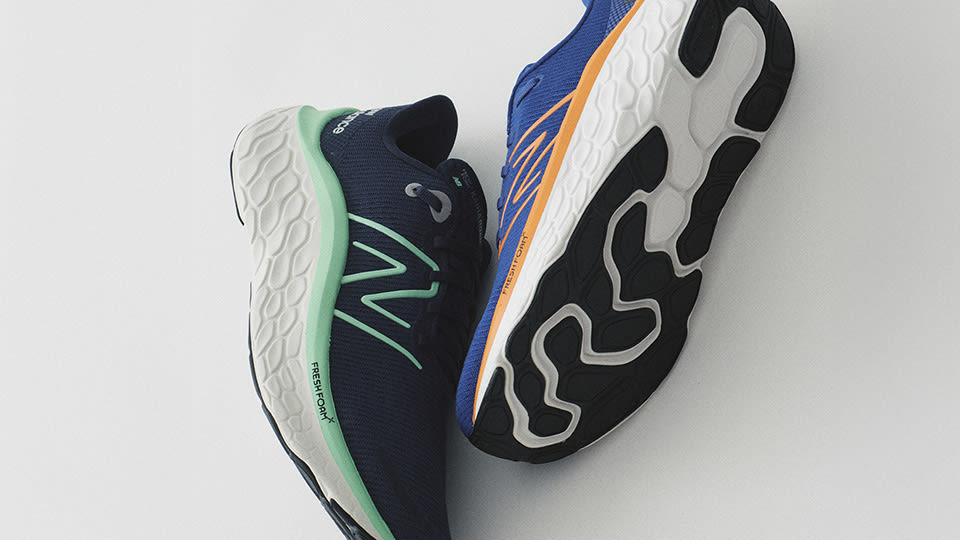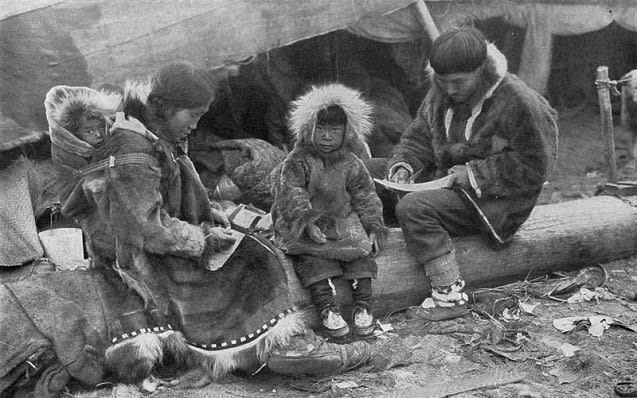
The History of the Parka
Modern day parkas are a popular choice for winter wear thanks to their warmth, durability and versatility. They’ve also become something of a fashion statement after having gained huge popularity in England throughout the 1960’s and onward. However, despite this widespread popularity, very few people are aware of the historical context of this practical outerwear – a piece of clothing which has evolved over the years and come to symbolise an entire subculture.
The word itself, ‘parka’ actually means ‘animal skin’ and has it’s origins in the Nenets language which is spoken in the arctic regions of Northern Russia and the Aleutian Islands located between Russia and Alaska.
The garment itself, however, was invented by Caribou Inuits and was largely different from the parkas we know today. They were originally made from animal skin (hence the name) – usually caribou or seal – and were used to keep warm in the extreme/frigid temperatures of the northern barrenlands, particularly when hunting or kayaking. Of course seal skin had the added benefit of being waterproof and the garment was often coated with fish oil for added water resistance.
Attribution: By Daderot (Daderot) [CC0 or CC0], via Wikimedia Commons
Caption: The first parkas were heavy animal skin throws with thick, fur hoods.
Rather far removed from today’s trendy fishtail overcoats, these original parkas had the classic fur lined hood to protect the face from the extreme weathers, long length and roomy proportions that have stayed characteristic of the coat throughout its evolution.
The coats worn by the Caribou Inuit mothers were known as amauti and deviated from the normal parkas in that the they had a baby pouch attached to the back of the coat just below the hood, in which a child would be carried up until about 2 years of age (as seen below). This allowed easy transportation of the child, as well as their own protection from the arctic climate and its concomitant dangers – i.e. frostbite, pneumonia, etc.
Caption: The first parkas as seen on an Inuit family. On the far left, the mother can be seen wearing an amauti in which a child is carried.
Attribution: By George R. King. [Public domain], via Wikimedia Commons
The parka eventually made its way further West becoming the customary coat of the US military during WWII, and although they weren’t made from animal skin, they were used for all of the same reasons their arctic originators used it – it’s warmth, practicality and durability. Not only that, but they were relatively cheap to make, had plenty of pockets for ammunition and other war wares and were largely spacious, which meant it could be worn over the soldiers bulky uniforms. Not long after 1951, the the fishtail parka was developed through similar conditions of necessity. This deviation was created for soldiers to again cope with the freezing climate during the Korean War. It was originally known as the M1951 due to the date it was created.
The parkas journey continued into the 60’s when it came to symbolise an entire subculture in England, becoming a vital part of the iconic image of the mods. The parka has since become more widespread, with recent fashion trends adopting a resurgence in British classics, including the parka.
The parka has since become a mainstay in popular fashion, it’s allure still lying in in all of it’s original qualities – its practicality, robust nature and versatility not only in weather conditions, but in fashion.
Written by Aaron Thompson
What did you think of this post?
Great!
Helpful!
Not for me!
